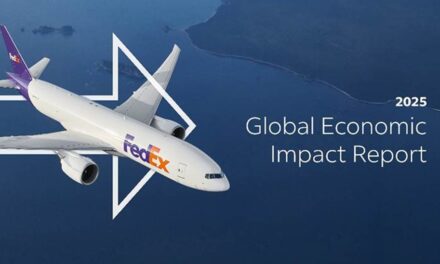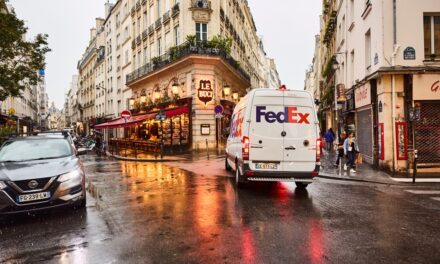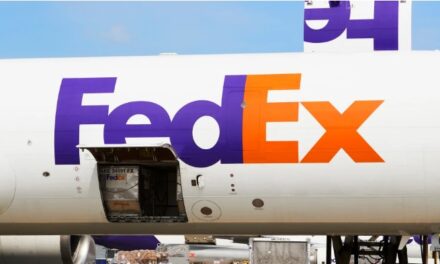
FedEx tackles cost-cutting dilemma
FedEx is maintaining flight frequencies from its Paris hub despite a downturn in volumes – but rates are under pressure.
FedEx is maintaining flight frequencies from its Paris hub despite a downturn in volumes – but rates are under pressure.
The company is also forging ahead with its hub extension, scheduled to open this autumn.
“This is probably the worst crisis we’ve faced in the past 35 years,” said Alain Chaillé, VP operations for FedEx, southern Europe. “We need to cut costs but also maintain services, because our customers ship every day.”
Overall however, customers are individually shipping less and this is affecting volumes, he said.
Cost-cutting measures include a freeze on recruitment and executive salary increases or bonuses. To save energy costs, grounded aircraft use GPU, cutting their engines and using ground power, instead of APU.
“It’s about saving on things you do every day. We are not going to affect the service to customers,” said Chaillé.
Globally, FedEx has also reduced its capital investment from $3bn to $2.5bn, but it has doubled its orders for B777 aircraft to 30.
“We knew the crisis was coming, but you’ve got to have capacity in place because business will come back,” he said. The first B777 is expected in 2010, with the routing yet to be decided.
Rates are under pressure, he said.
But he claims the air express market is faring better than the air freight sector, and attributes this to longer-term and more complex contracts.
Drops in express volumes are also less sharp, he adds. Citing latest Iata statistics, which put air freight volume decreases at more than 20%. “We are not seeing that level.”
Competition is naturally fiercer.
“On top of the express companies, we also have trucking companies. And on some legs they are very good [competitive].”
In the past six months, FedEx has introduced one new flight from its hub in Paris and added capacity on two others.
East Coast Special offers customers an evening departure from London and Paris, providing customers with a later pick-up time.
The flight arrives in New York at 3.30pm the following day. This complements the existing service involving early pick-up in Europe for delivery in the US by 10.30am the following day.
FedEx’s CDG-Barcelona service, which runs five times a week, almost quadrupled its capacity last autumn when it upgraded from an ATR72 to an Airbus 310. The Budapest-Vienna-CDG service followed suit with exactly the same upgrade.
“Although Spain is not doing very well, Catalonia is doing better,” says Chaillé.
“Hungary is an emerging market and has one of the most dynamic growths in Europe. Although it is also suffering, it is still doing better than other markets. It is still growing.”
The larger aircraft are faster and enable FedEx to offer later departures. They also provide the opportunity to sell more heavy express business.
More customers are shipping heavy items as express goods, and FedEx’s facility in Roissy-CDG will be able to accommodate more of this type of freight. It will add 35,000sq metres of space, and sorting capacity for parcels will increase from 24,000 to 32,000 an hour. The facility will also provide eight extra aircraft-parking spaces.












